Over the last few years mirrorless cameras have become increasingly popular and in 2019, their sales overtook those of DSLRs. With Canon and Nikon now fully active in the mirrorless market in a more meaningful way, Sony has carved itself a large share of sales, Panasonic has introduced four full-frame mirrorless cameras, along with its Micro Four Thirds models, and Fujifilm has a range of APS-C and medium format cameras.
Which brings us to Olympus. As other manufacturers have moved into full-frame and medium format markets, Olympus has remained steadfast in its commitment to the Micro Four Thirds format it helped develop and grow alongside Panasonic.
Then came 2020. While many companies struggled during that tumultuous year, Olympus, in particular, acutely felt the effects of the continued decline in digital camera sales. Rumours surrounded the company all year that it was exiting the camera business. Then, in Q3 it was revealed that Olympus had formalised an agreement to transfer the Olympus Imaging business to Japan Industrial Partners through ‘an absorption-type split.’
In 2021, Olympus officially became OM Digital Solutions, a special purpose company established by JIP, and the Olympus brand officially became OM System and released its first lens under the new moniker, followed by its first camera in the form of the OM-1. The last couple of years have been rocky for everyone, but the change of ownership and creation of a new brand means that it has been particularly challenging for the Olympus / OM System team. Thankfully, OM System has judged the market well and OM-1 appears to be exactly the camera that’s needed.
In this guide, we’ll take a look at the best Olympus cameras you can buy today for your specific photographic needs. For a deeper dive into the many different camera types and features available, check out our range of camera buying guides.
Best Olympus camera for video
OM System OM-5
Specification
- Camera type: Mirrorless camera
- Announced: 26th October 2022
- Sensor: 20.4Mp Live MOS Micro Four Thirds sensor
- Lens mount: Micro Four Thirds
- Processing engine: TruePic IX
- Sensitivity range: ISO 64-25,600
- Autofocus system: Hybrid with 121 (all cross-type) phase-detection AF points
- Continuous shooting rate: Mechanical shutter: 10fps with focus and exposure fixed at the start of the burst, for up to 149 raw files or until the card is full with Jpeg (LF) files, 6fps with C-AF until the card is full; Electronic Shutter: 30fps for 81 raw or 20 Jpeg (LF) or 10fps for 138 raw or until the card is full with Jpegs (LF)
- Pro Capture mode: H: 30fps, L:10fps, pre-shutter frames 0 - 14 frames (recorded by half release prior to full release), Frame count limiter 1 - 99 frames / Off (unlimited frames)
- Key video resolutions: C4K (4096 x 2160) 24p at up to 237Mbps, 4K (3840 x 2160) 30p, 25p, 24p at 102Mbps, Full HD (1920 x 1080) at 30p, 25p, 24p / ALL-I (A-I), IPB (SF, F, N) (MOV), Full HD 1920 x 1080 at 30p, 25p, 24p / ALL-I (A-I), IPB (SF, F, N) (MOV), Full HD (1920 x 1080) 60p, 50p / IPB (SF, F, N) (MOV)
- High-Speed Recording mode: Full HD (1920x108) MOV at 120fps
- High Res Shot mode: Tripod mode: Jpeg: 10368x7776 (80Mp), 8160 x 6120 (50MP), 5760 x 4320 (25MP), Raw: 10368 x 7776 (80MP); Handheld mode: Jpeg: 8160 x 6120 (50MP), 5760 x 4320 (25MP), Raw: 8160 x 6120 (50MP)
- Live Bulb Shooting Options: Live Composite, Live Time, Live Bulb, Focus Bracketing, Focus Stacking
- Viewfinder: 2,360,000-dot OLED, magnification 1.37x, 27mm eye point
- Screen: Vari‑angle 3.0-inch 1,037,000-dot touchscreen
- Dimensions (W x H x D): 125.3 x 85.2 x 49.7mm
- Weight: 414g including battery and memory card, 366g body only
The OM System OM-5 is a Micro Four Thirds camera and the replacement for the Olympus OM-D E-M5 Mark III. It also has the honour of being the first camera to have the OM System badge since the sale of the Olympus camera business.
While the OM System OM-1, which is badged as the Olympus OM-1, is aimed at enthusiast photographers, the OM System OM-5 is designed for people who love the outdoors and want to capture images or video of their experiences.
The OM-5 can record C4K (4096 x 2160) video at 24p, 4K (3840 x 2160) video at 30, 25,24p or Full HD video at up to 60p, and the recording time is only limited by the storage or battery life. There’s also a High-Speed Recording mode in which Full HD (1920 x 1080) MOV footage can be recorded at 120fps for slow-motion playback.
OM-Log400 is supported to give more freedom over post-capture grading and vertical shooting is enabled.
It’s also possible to connect the LS-P5 audio recorder to the OM-5 (or an external microphone) for better-quality sound. Headphones can be connected to the LS-P5 for monitoring the audio.
Pair these with improved battery and in-body image stablisation performance, and the diminutive OM-5 offers some solid capabilities for videographers.
£1199
€1299 / $1199.99For
- Excellent weather-proofing
- Very compact and lightweight
- Excellent stabilisation and useful features for creative photography
Olympus OM-D E-M5 Mark III
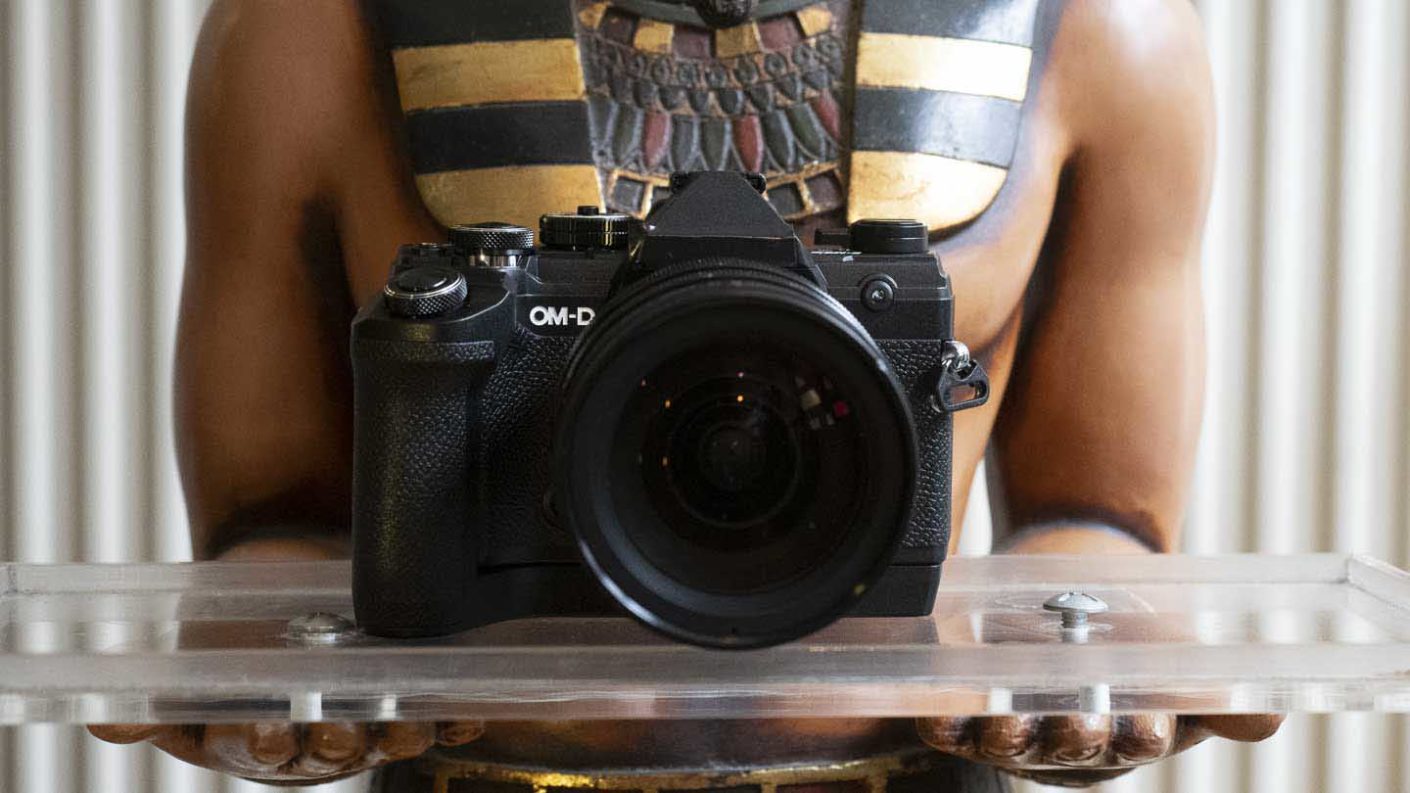
Specification
- Camera type: Mirrorless camera
- Sensor: 20.4Mp Live MOS Micro Four Thirds sensor
- Lens mount: Micro Four Thirds
- Processing engine: TruePic VIII
- Sensitivity range: ISO 64-25,600
- Autofocus system: Hybrid with 121 (all cross-type) phase-detection AF points
- Maximum continuous shooting rate: Mechanical shutter: 10fps with focus and exposure fixed at the start of the burst, 6fps with C-AF, Electronic Shutter 30fps and 10fps
- Max video resolution: C4K 24p at up to 237Mbps / 4K 30p, 25p, 24p at 102Mbps
- Live Bulb Shooting Options: Live Composite, Live Time, Live Bulb, Focus Bracketing, Focus Stacking, 50Mp High Res Shot modes
- Viewfinder: 2,360,000-dot electronic viewfinder
- Screen: Vari‑angle 3.0-inch 1,037,000-dot touchscreen
- Dimensions (W x H x D): 125.3 x 85.2 x 9.7mm
- Weight: 414g including battery and memory card, 366g body only
It’s often overlooked as such, but the OM-D E-M5 Mark II was a surprisingly capable video camera, and at the end of 2019 Olympus replaced it with the even more capable OM-D E-M5 Mark III. As well as its brilliant 5-Axis Image Stabilisation, the E-M5 Mark III offers C4K recording at 24fps and 4K at 30p, 25p or 24p. And Full HD 1080p footage can be recorded at up to 120fps which is perfect for slow-motion playback.
Further good news is that the highest resolution video enables bit rates of up to 237 Mbps, which is good news for post-production processing.
The OMD E-M5 Mark III scores in another area because it’s very compact yet has an excellent stabilisation system. The latter takes out much of the shake and wobble of hand-held recording and can even smooth out the jerky movement of walking up or downstairs.
£1100
$1199.99For
- Images full of detail
- Low noise at higher ISOs
- Superb stabilisation
Best Olympus camera for landscapes, portraits and low light
Olympus OM-D E-M1 Mark II
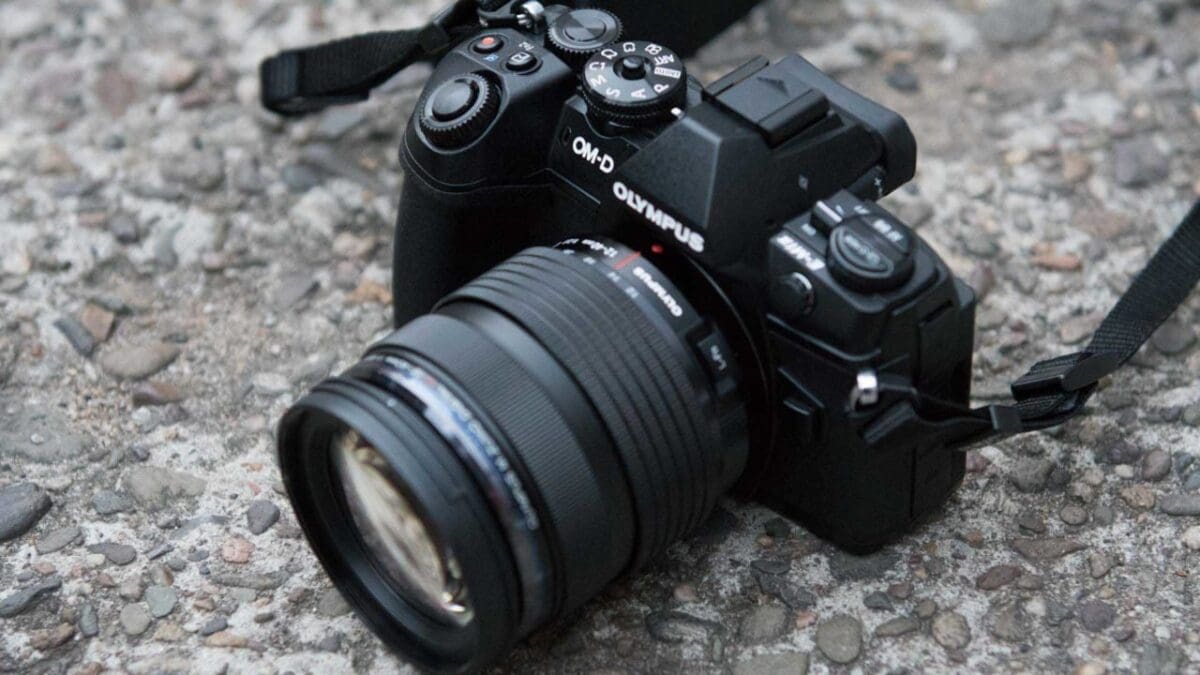
Specification
- Camera type: Mirrorless camera
- Sensor: Four Thirds-type 20.4Mp Live MOS
- Processing engine: TruePic VIII
- Lens mount: Micro Four Thirds
- Autofocus system: Hybrid with 121 all cross-type focusing points
- Max continuous shooting rate: 18fps with AF tracking, 60fps with AF locked on first frame with electronic shutter
- Max video resolution: 4K (4096 x 2160) at 24p
- Viewfinder: 2,360,000-dot electronic viewfinder
- Sensitivity range: ISO 64-25,600
- Screen: Vari‑angle 3-inch 1,037,000-dot touchscreen
- Storage: 2x SD/SDHC/SDXC (UHS-II)
- Dimensions (W x H x D): 134.1 x 90.9 x 68.9mm
- Weight: 498g (body only), 574g (including battery and memory card)
In some respects the Olympus OM-D E-M1 Mark III was a fairly modest step-up from the OM-D E-M1 Mark II; however, it feels more refined and has some great features that make shooting in tricky conditions a little easier. It also enables photographers to travel lighter, not just by being relatively small and light itself, but by allowing tripods and ND filters to be left behind in many situations. Olympus also offers an extensive array of superb lenses and the 2x focal length magnification factor is especially useful for sport and wildlife photographers.
Olympus evolved the E-M1 III, giving it most of what the E-M1X has but in a smaller form factor that seems more in line with the Micro Four Thirds message.
What’s more, the speed of its superb autofocusing system and Tracking AF is so good that anyone shooting or filming action will be impressed by its hit rate, even in gloomy conditions.
Which brings us to low light. Olympus’s 5-Axis Image Stabilisation in the E-M1 Mark III is incredible.
In our tests, when shooting at the 100mm end of Olympus’s 12-100mm f/4 lens we were able to get consistently sharp images at 1/2sec, proving the 6.4EV shutter speed extension claim to be true. What’s even more impressive, however, is that at the 12mm we were able to get sharp images with 2sec exposures.
And switching to the camera’s High Res Shot mode allows you to capture 50-megapixel scenes with stunning amounts of detail. The E-M1 Mark III can do it all.
£1499
$1299For
- Fast and accurate focusing with moving subjects
- Superb stabilisation system
- Innovative features
Best Olympus camera for professional photography
OM System OM-1
Specification
- Camera type: Mirrorless
- Announced: 15th February 2022
- Sensor: 20.4Mp Four Thirds Type (17.3 x 13.0mm) CMOS
- Lens mount: Micro Four Thirds
- Sensitivity range: ISO 80-102,400
- In body stabilisation: 5-axis giving up to 7EV shutter speed compensation, 8EV when combined with lens IS
- Processing engine: TruePic X
- Autofocus system: Hybrid with 1053 cross-type phase detection points and 1053 contrast detection points
- Max continuous shooting rate: Mechanical shutter: 10fps
- Pro Capture High Mode: 120fps (with Pro lenses) or 50fps AF tracking
- Max video resolution: 4K (4096 x 2160) at 30, 25, 24p(approx. 102Mbps), 60, 50p (approx. 202Mbps), 4K (3840 x 2160) 30p, 25p, 24p (approx. 77Mbps), 60, 50p (approx. 152Mbps) all in LongGOP, Full HD (1920 x 1080) 30, 25, 24p / ALL-I(approx. 82Mbps), LongGOP(approx. 22Mbps) 60, 50p ALL-I(approx. 162Mbps, LongGOP(approx. 42Mbps)
- Video format: MOV (MPEG-4AVC/H.264)
- Viewfinder: 5.76M-dot OLED
- Screen: 3-inch 1,.62M-dot vari-angle touchscreen
- Storage: 2x SD/SDHC/SDXC (UHS-II)
- Dimensions (WxHxD): 134.8 x 91.6 x 72.7mm
- Weight: 511g (body only), 599g including battery, 1 memory card but excluding the eye cup
With the first camera under the new ownership, OM System delivered what many Olympus users have been hoping for: a camera that offers everything the Olympus OM-D E-M1X has (and more) in the more compact, single-gripped form of the Olympus OM-D E-M1 Mark III. Look beyond the resolution and you’ll see a new sensor paired with a processing engine that’s 3x faster than its predecessor, plus enhanced autofocusing, AI-enabled subject detection and full-resolution continuous shooting at up to 120fps or 50fps with continuous focusing. There’s also a refreshed menu, faster high-resolution shooting and an even more robust body. It adds up to make a great camera for wildlife, travel and general photography – perfect for professionals working in a wide range of disciplines.
£2000
$2199.99For
- High weatherproofing
- High-speed shooting capability
- Excellent subject detection modes
Best Olympus camera for wildlife
Olympus OM-D E-M1X
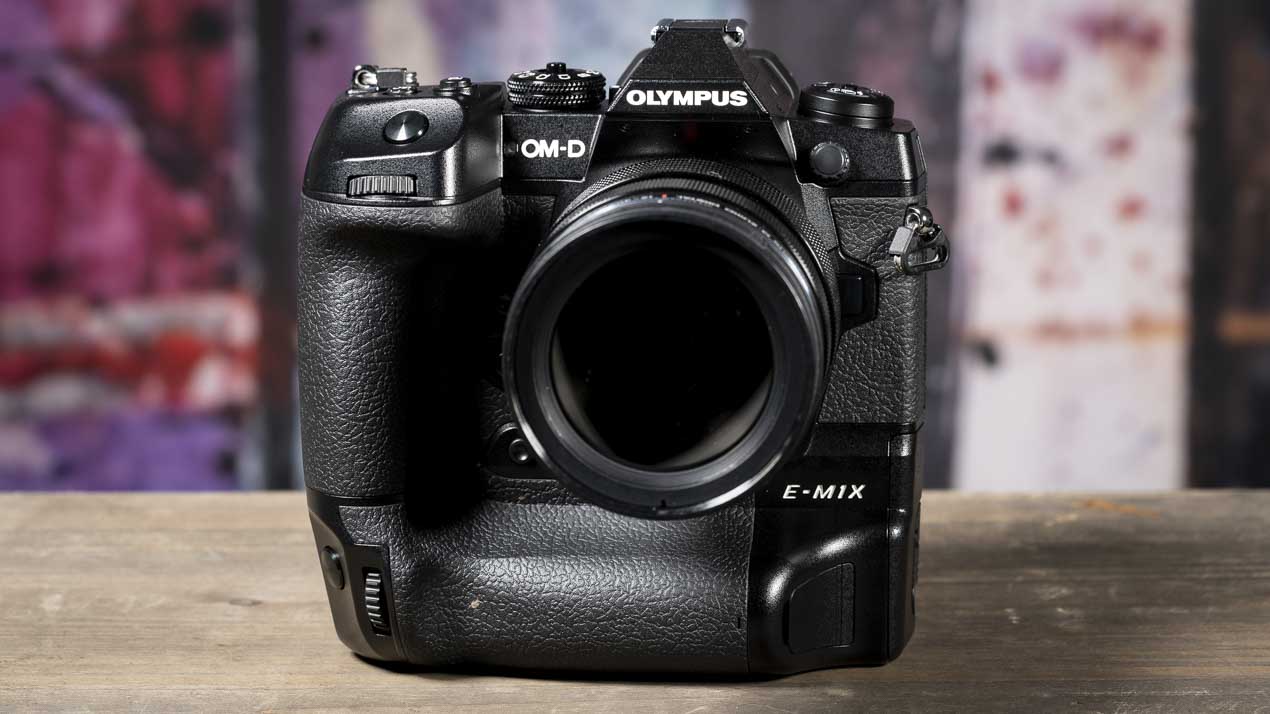
Specification
- Camera type: Mirrorless
- Sensor: 20.4Mp Four Thirds Type (17.3 x 13.0mm) CMOS
- Lens mount: Micro Four Thirds
- Sensitivity range: ISO 64-25,600
- Processing engine: 2x TruePic VIII
- Autofocus system: Hybrid with 121 cross-type points (800 in magnified view)
- Max continuous shooting rate: 18fps with AF tracking, 60fps with AF locked on first frame with electronic shutter
- Pro Capture High Mode: 60fps
- Pro Capture Low Mode: 18fps
- Burst Mode in S-AF: 15fps for 143 raw files
- Burst Mode in C-AF: 10fps for 283 raw files
- Max video resolution: 4K (4096 x 2160) at 24p
- Viewfinder: Electronic with 2,360,000 dots
- Screen: Touch-sensitive vari-angle 3-inch LCD with 1,037,000 dots
- Storage: 2x SD/SDHC/SDXC (UHS-II)
- Dimensions (WxHxD): 144.4 x 146.8 x 75.4mm
- Weight: 849g (body only), 997g (including 2 batteries and memory cards)
The OM-D E-M1 Mark II is actually a very good camera for wildlife photography, but thanks to its built-in vertical grip, the OM-D E-M1X is better suited to use with long, heavy telephoto lenses. It also has two processing engines built in and this helps power an intelligent subject detection system. This enables you to set the E-M1X to detect specific subjects including Motorsports, Airplanes and Trains and it works brilliantly and we’re still hoping that animals will be added to the list soon.
There are also two mini-joystick multi-selector controls on the back of the camera for setting the AF point while the viewfinder is in use. Having two of these controls means there’s one in easy reach whether you’re using the horizontal or vertical grip.
Olympus redeveloped the OM-D E-M1 II’s autofocus system for the OM-D E-M1X. It still has 121 cross-type phase detection AF points but the AF algorithm has been re-worked to boost performance – and it works a treat.
£2199
$1999For
- One of the fastest cameras you can buy
- Pro Capture Mode offers lots of flexibility
- High Res Shot mode is very impressive
Best Olympus camera for vlogging
Olympus Pen E-PL9
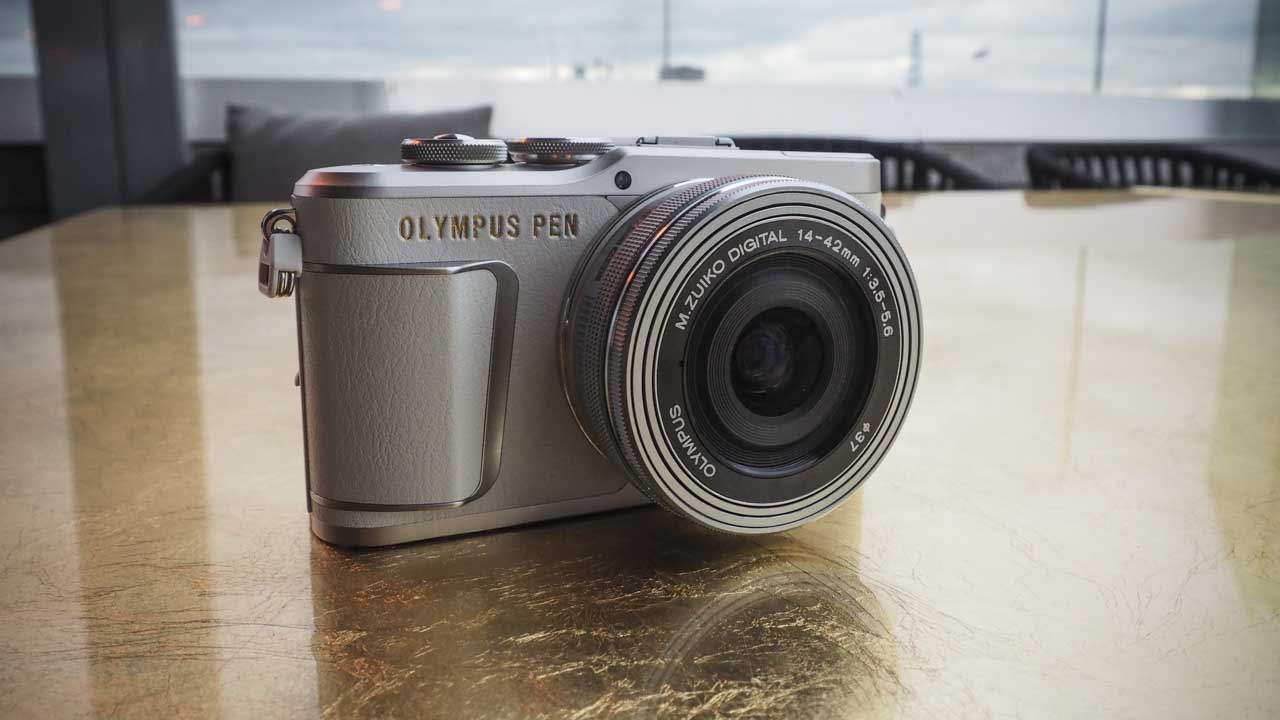
Specification
- Camera type: Mirrorless
- Sensor: 16.1Mp Four Thirds Type Live Mos
- Lens mount: Micro Four Thirds
- Processor: TruePic VIII
- Sensitivity range: ISO 100-25,600
- Autofocus system: Contrast detection with 121 points
- Max shooting rate: Mechanical shutter: 8.6fps in S-AF, 4.8fps in C-AF; Electronic shutter: 14.1fps in S-AF, 61.fps in C-AF
- Max video resolution: 3840 x 2160 (4k) / 30p, 25p, 24p / IPB (approx. 102Mbps)
- Storage: SD/SDHC/SDXC UHS‑I
- Viewfinder: None
- Screen: Tiltable 3-inch 1,040,000-dot touchscreen
- Dimensions (WxHxD): 17.1 x 68 x 39mm
- Weight: 332g body only, 380g including battery and memory card
Although the PEN E-PL10 now replaces it, the E-PL10 only makes a few aesthetic changes to the E-PL9, so we’re sticking with the PEN E-PL9 for our choice as the best Olympus camera for vloggers.
The PEN E-PL9 is an entry-level model in Olympus’s range, and offers 4K video recording at 30, 25 and 24p, and Full HD video can be recorded at 60p.
To go along with that 4K video recording is a vlogger-friendly 3-inch, 1,040k-dot touchscreen that articulates 80 degrees up or 180 degrees down on its bracket for shooting selfies and vlogs.
Video is an essential feature in 2021, especially for vloggers, so the E-PL9’s 4K at 30fps is impressive for a camera of this size and price.
There’s also a High Speed Video mode for capturing slow-motion movies, a Clips video mode for capturing 4sec movies and you can also add the camera’s Art Filters and a wide range of other effects to your videos.
You’ll also find the addition of Bluetooth connectivity (a first for Olympus cameras), new art filters, more AF points and Oympus’s new TruePic VIII image processor, inherited from the company’s flagship E-M1 Mark II.
As well as popular Olympus stalwarts Live Composite and Live Bulb modes, the E-PL9 also has Focus Bracketing (shoot up to 999 frames at different focus differentials, which you can merge into a focus stack in your photo editing software), Sweep Panorama, HDR Backlight and Keystone Compensation (for correcting converging lines in-camera) modes.
£580
For
- Compact and easy to use
- 3-inch 1,040k-dot touchscreen that tilts 80 degrees up or 180 degrees down
- 4K video at 30p
Best Olympus camera for beginners
Olympus OM-D E-M10 Mark IV
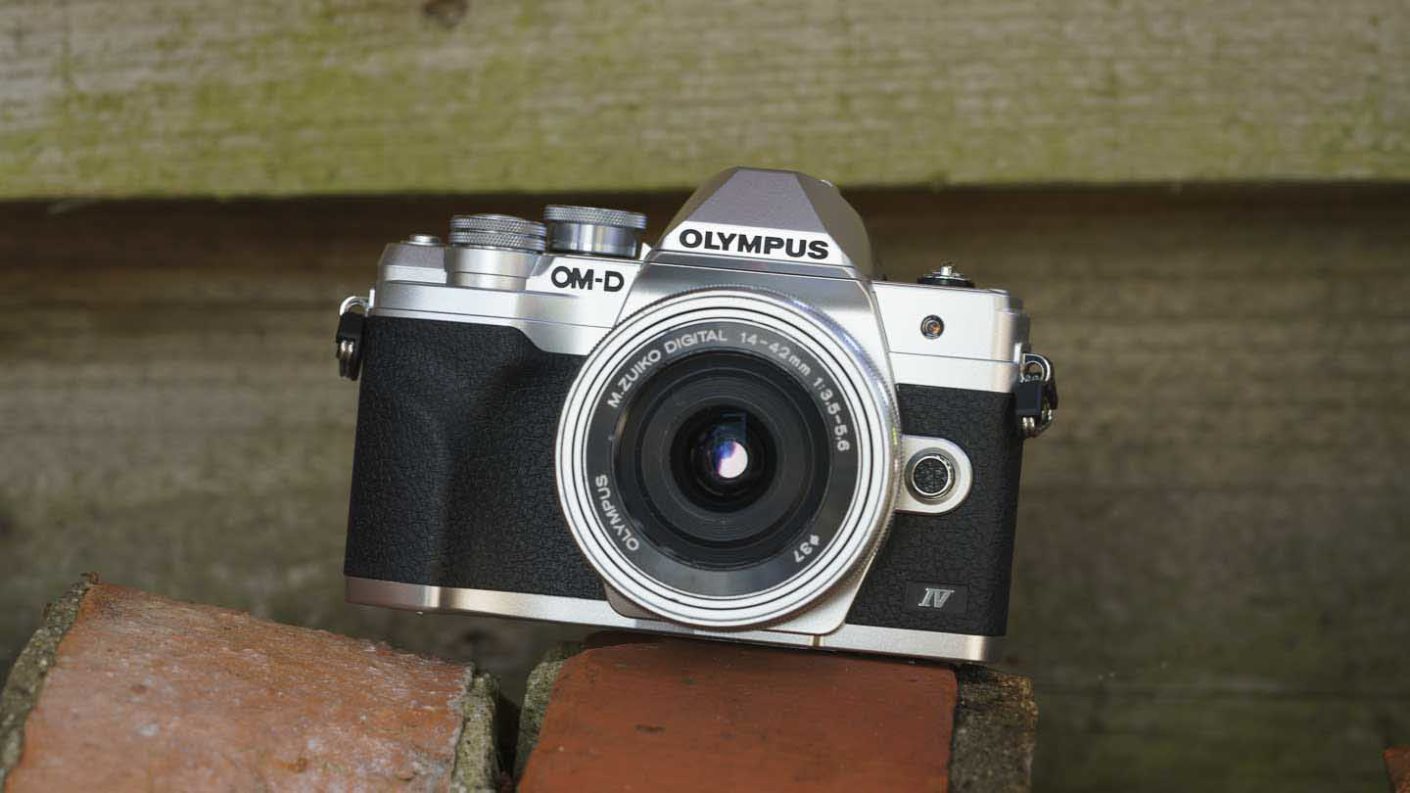
Specification
- Camera type: Micro Four Thirds mirrorless
- Announced: 4th August 2020
- Sensor: Four Thirds Type 20.3Mp Live MOS
- Processing engines: TruePic VIII
- Sensitivity range: ISO 80-25,600
- Viewfinder: 2,360,000-dot electronic with 1.23x magnification and 19.2mm eye point
- Stabilisation: 5-axis with up to 4.5EV shutter speed compensation
- Screen: 3-inch 1,037,000-dot tilting touchscreen
- Focus modes: Manual focus, Single AF, Continuous AF, Single AF + MF, AF Tracking, Super Spot AF, Face Detection AF
- Exposure modes: Programme, Aperture priority, Shutter priority, Manual, Bulb, Time, i-Auto, Scene Modes, Art Filter, Movie, Live Time, Live Composite, Advanced Photo Modes (Live Composite, Live Bulb, Multiple Exposure, HDR Backlight, Silent, Panorama, Keystone Compensation, AE bracketing, AF bracketing)
- Autofocus system: Contrast detection with up to 121 points
- Autofocus point selection modes: All target, Group target (9-areas), Single target
- Exposure metering: 324 zones Multi-pattern Sensing System with ESP, Spot, Centre weighted, Highlight and Shadow mode
- Art filers: Pop Art, Soft Focus, Pale & Light Colour, Light Tone, Grainy Film, Pin Hole, Diorama, Cross Process, Gentle Sepia, Dramatic Tone, Key Line, Water colour, Vintage, Partial Colour, Bleach Bypass, Instant Film
- Shutter speed: 1/16,000-60sec, Bulb to 30mins
- Maximum continuous shooting rate: High: 15 fps Low: 6.3 fps, Max. number of frames: High 42 raw files or 49 (LF) JPGs, Low: 945 raw files or until the card is full with (LF) JPGs
- Video resolution: 4K (3840 x 2160) / 30p, 25p, 24p / IPB (approx. 102 Mbps) Full HD (1920 x 1080) / 30p, 25p, 24p (MOV) Full HD (1920 x 1080) / 60p, 50p / IPB (F,N) / (MOV) HD (1280 x 720) / 60p, 50p, 30p, 25p, 24p (MOV)
- Time lapse: 4k, 1080p, 720p
- Flash: Built-in GN 7.2 (ISO200), hotshoe for external flash
- Connectivity: Wi-Fi, Bluetooth
- Multiple exposure: 2 frames with or without autogain
- Storage: SDHC/SDXC UHS-II
- Dimensions (WxHxD): 121.7x84.4x49mm
- Weight: 383g including battery and SD card
The Olympus OM-D E-M10 Mark IV isn’t much bigger than some compact cameras with much smaller sensors yet it’s much more versatile, has a great collection of features and produces better image quality.
Aside from the increase in the pixel count, it makes a fairly small step up from the OM-D E-M10 Mark III, but the autofocus system is better and the ability to see the screen from in front of the camera is a useful addition.
The Olympus OM-D E-M10 Mark IV makes a very good first serious camera and is an excellent model for anyone looking for a smaller alternative to a large camera. It’s also compatible with an extensive collection of lenses.
We have recommended the Olympus E-M10 camera line to quite a few photographers who have been looking for a compact and lightweight camera and they’ve all been very happy with their purchase. If you’re looking for a camera to carry everywhere that will get you great results and doesn’t need a tripod much of the time, the Olympus OM-D E-M10 Mark IV is a great choice.
£699
$649For
- Very compact, yet versatile camera
- Tilting screen can face forwards for selfies and vlogging
- Live Composite and Live Bulb mode make long exposure photography easy


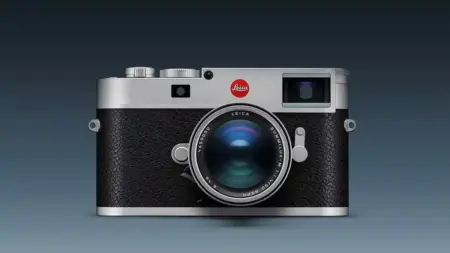

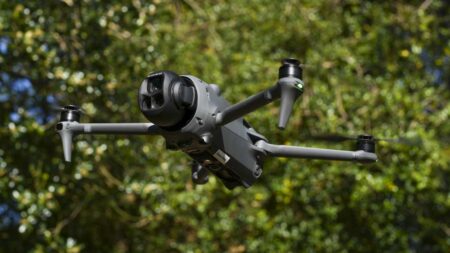
Leave a Reply